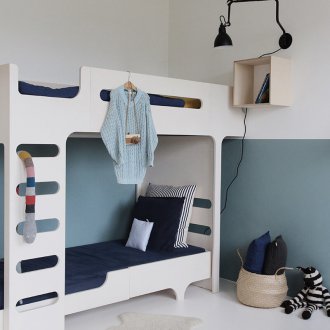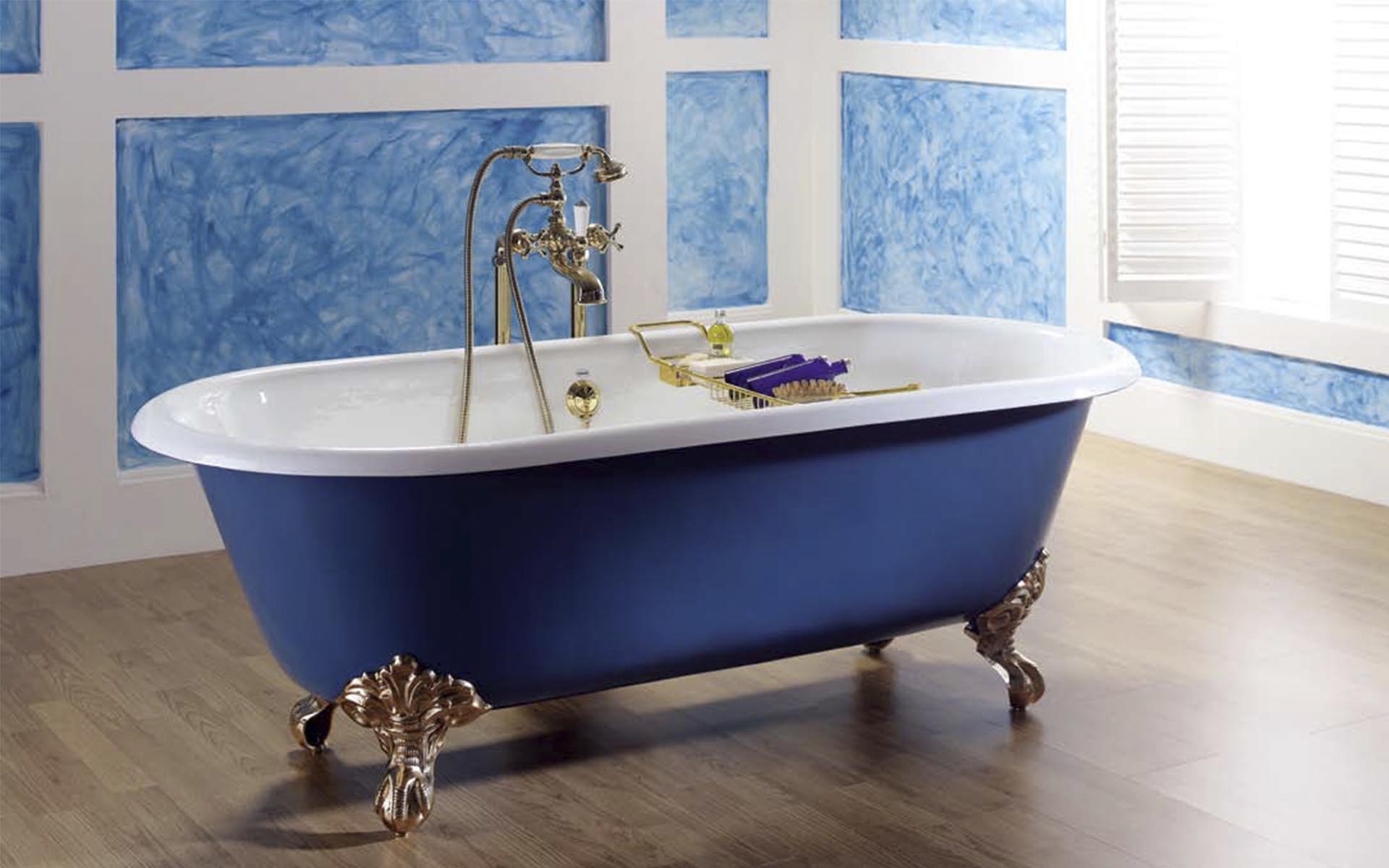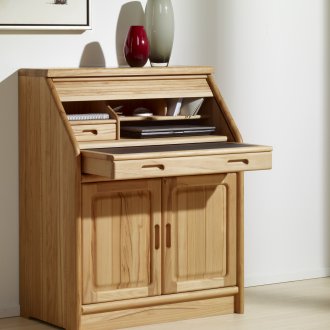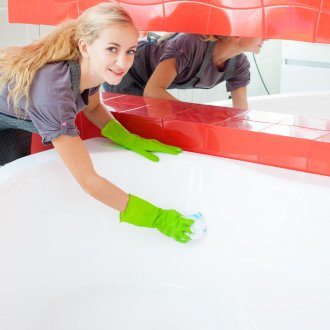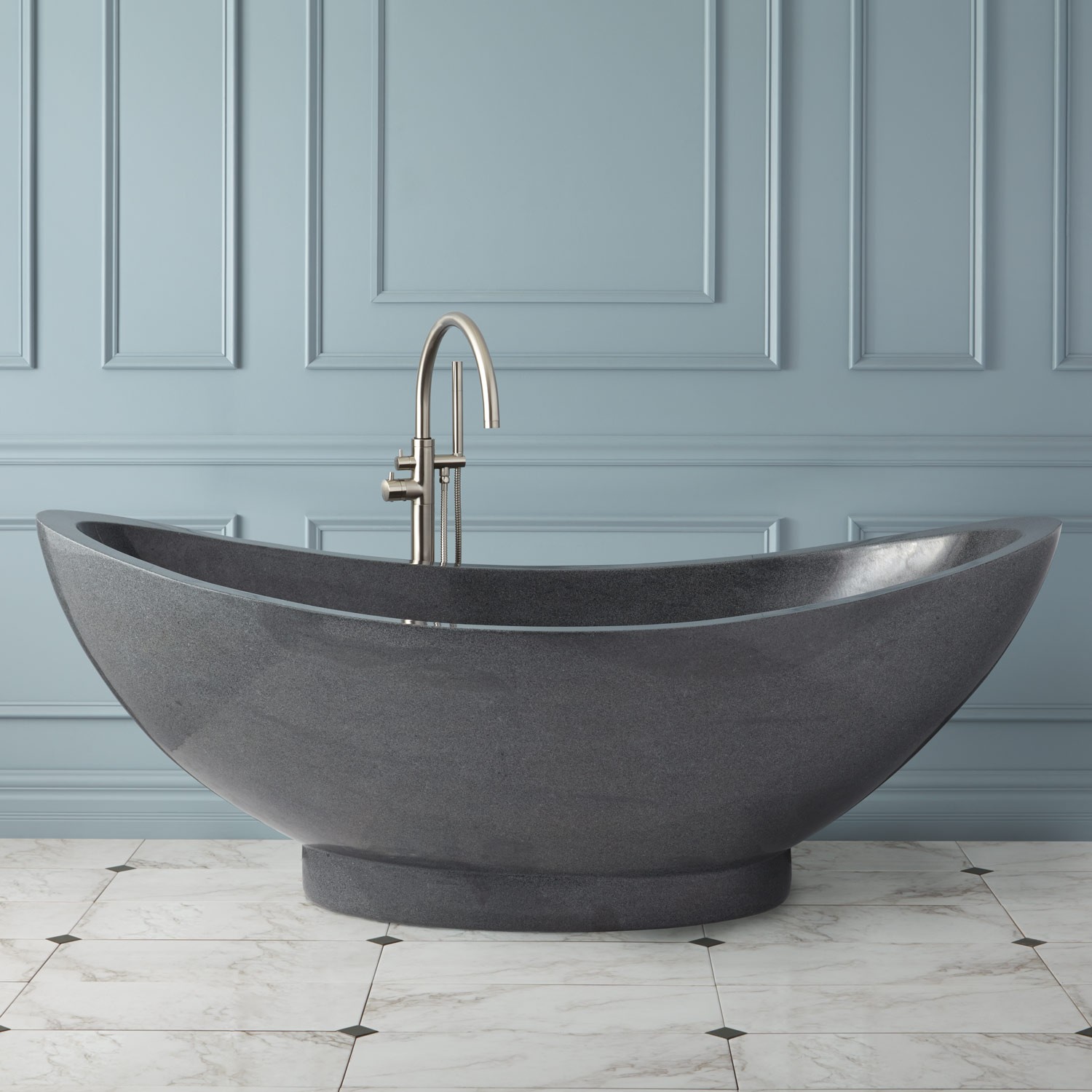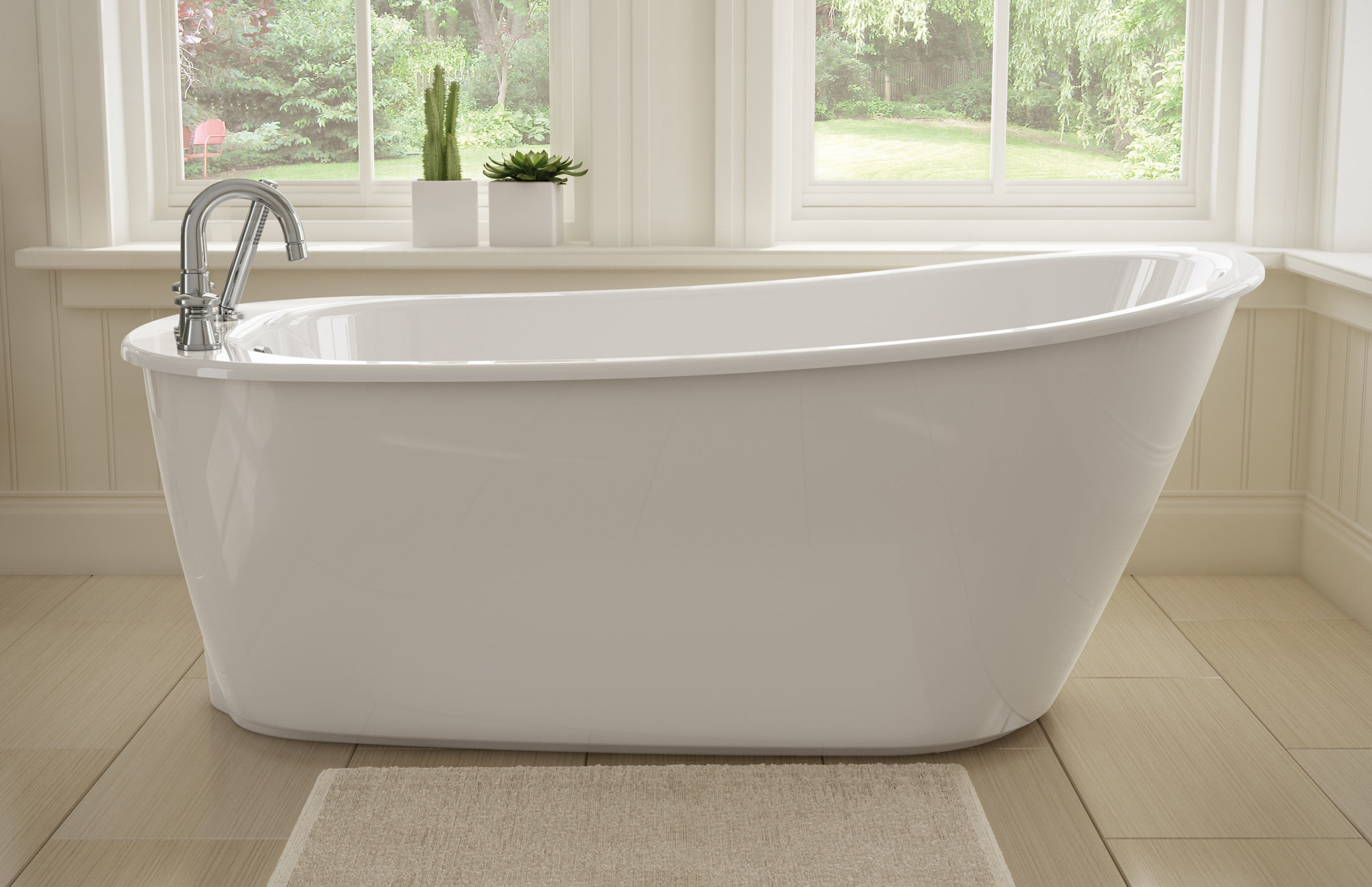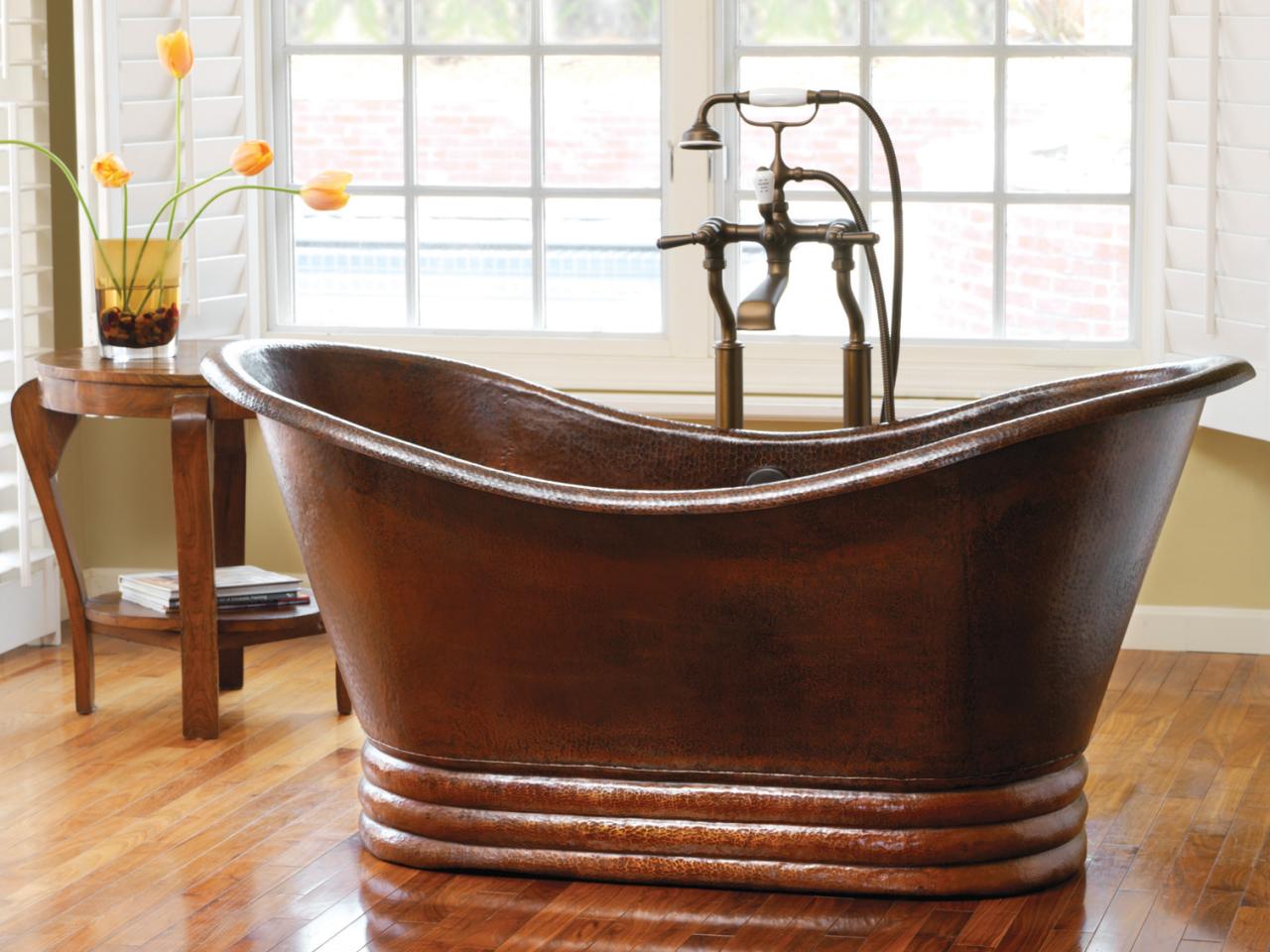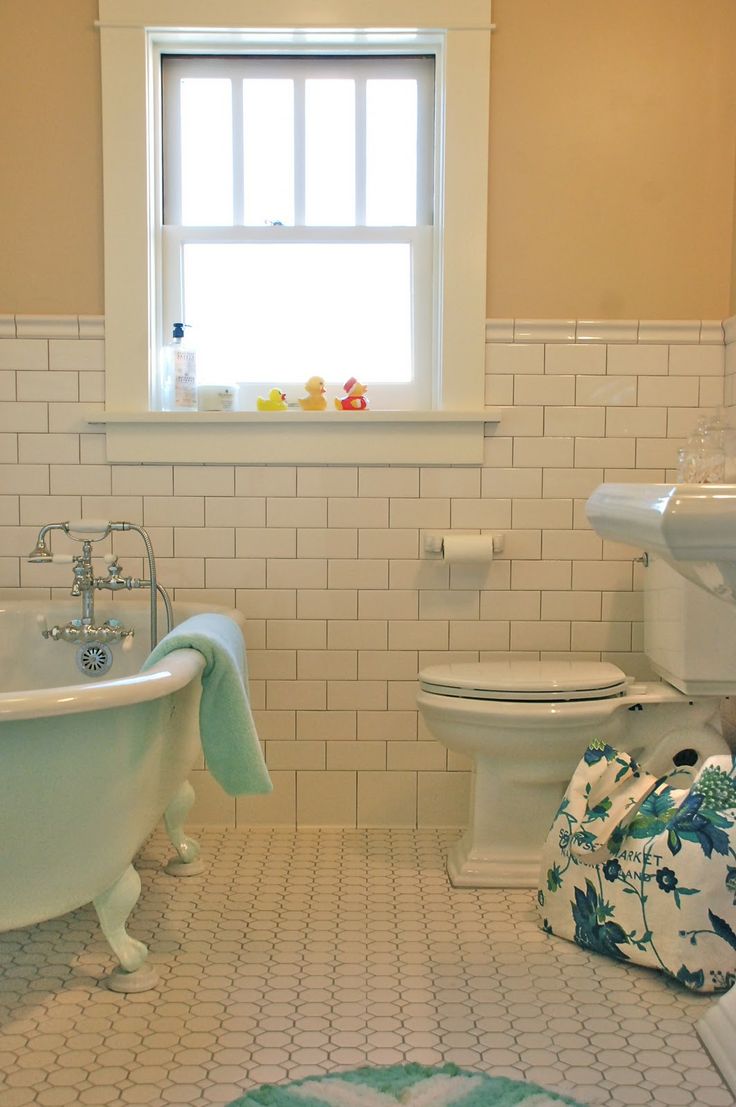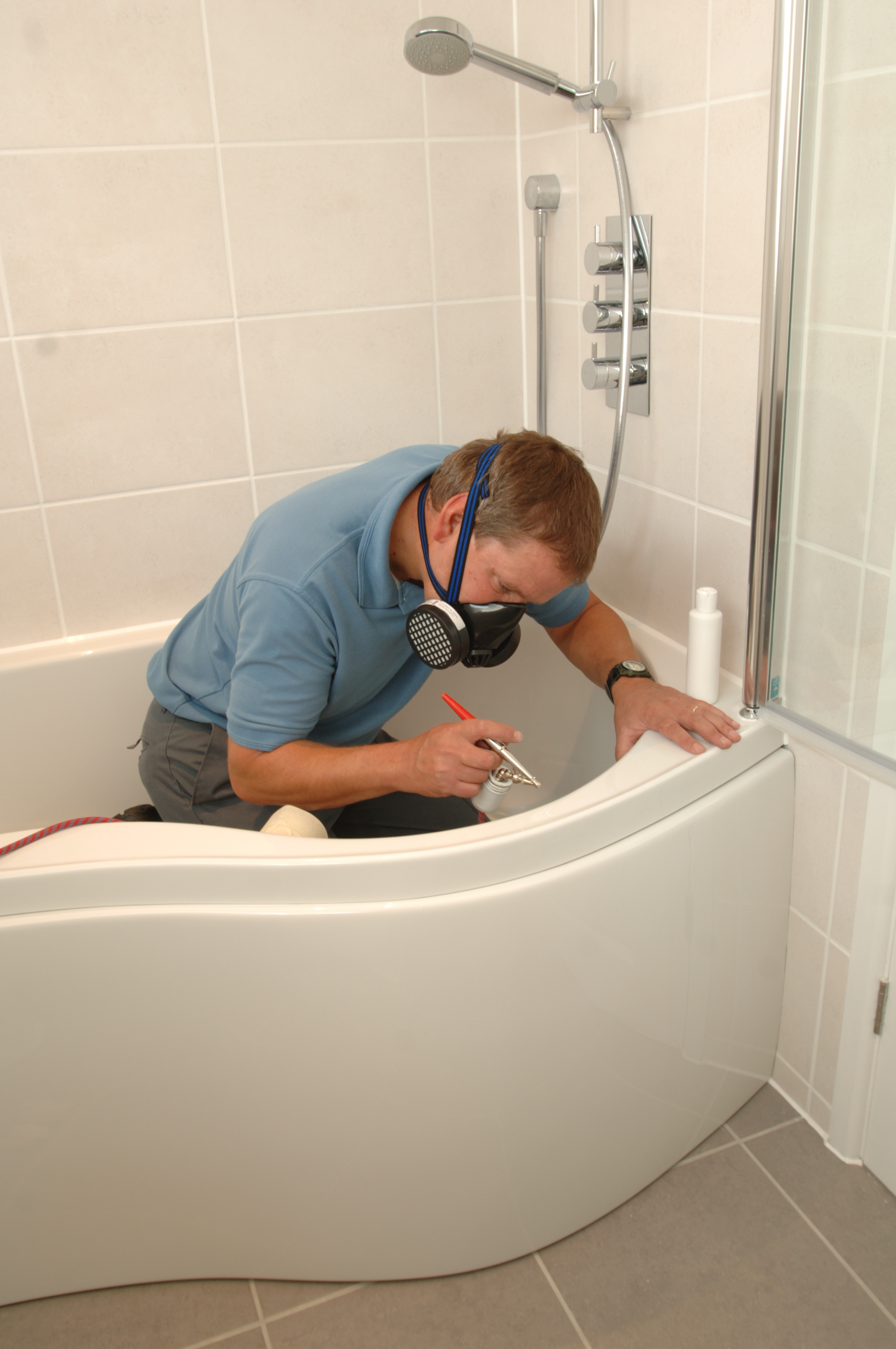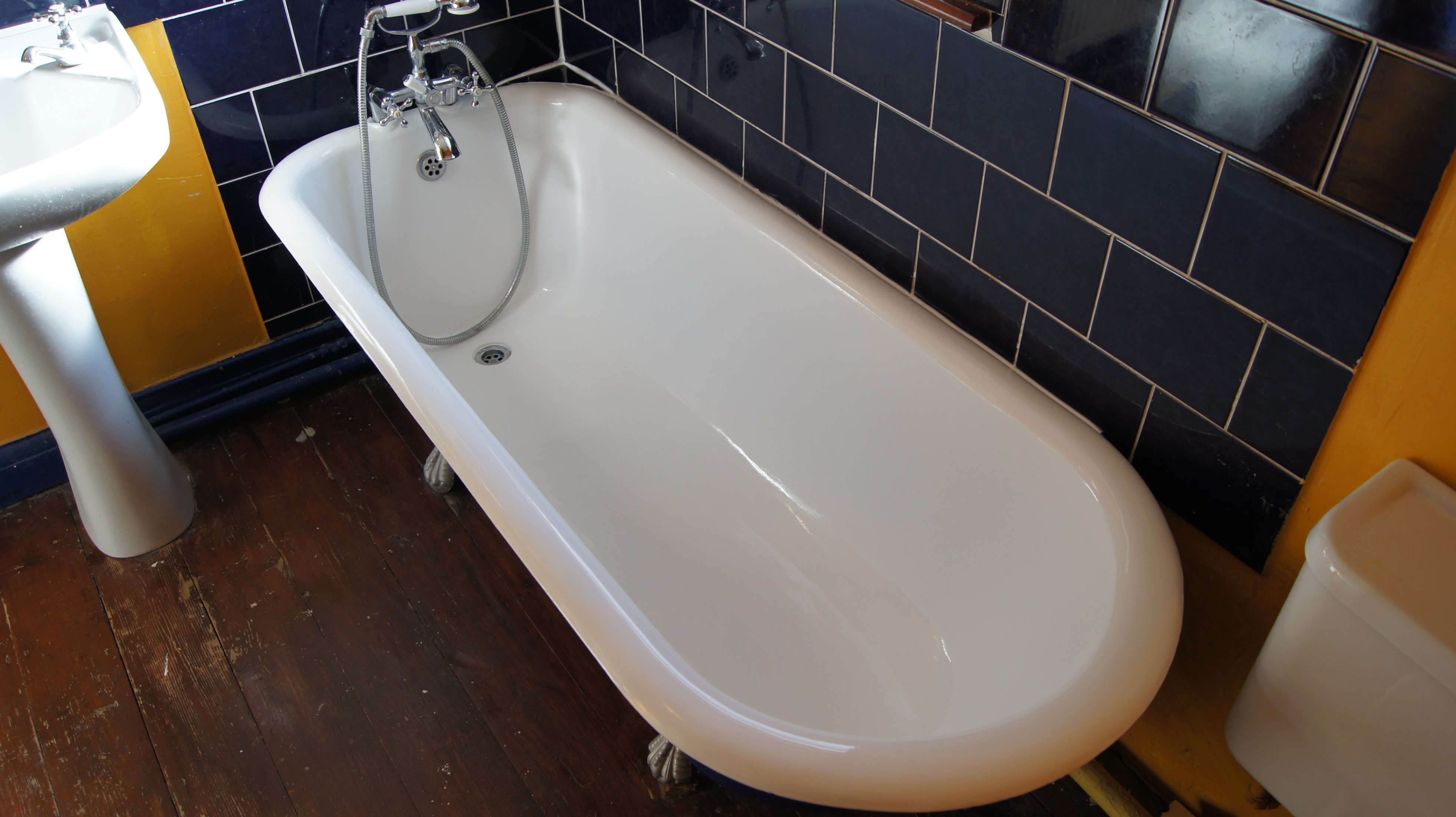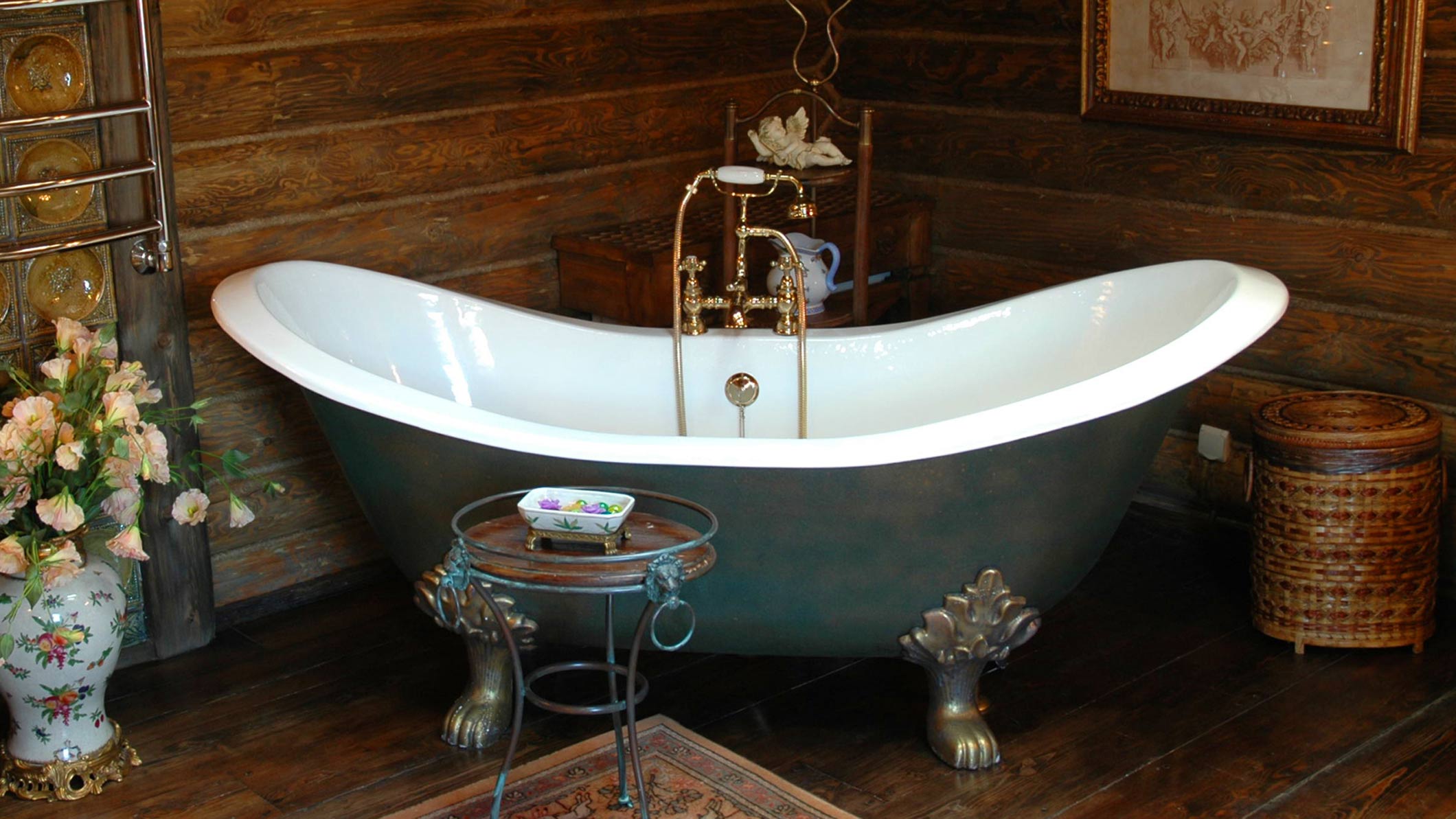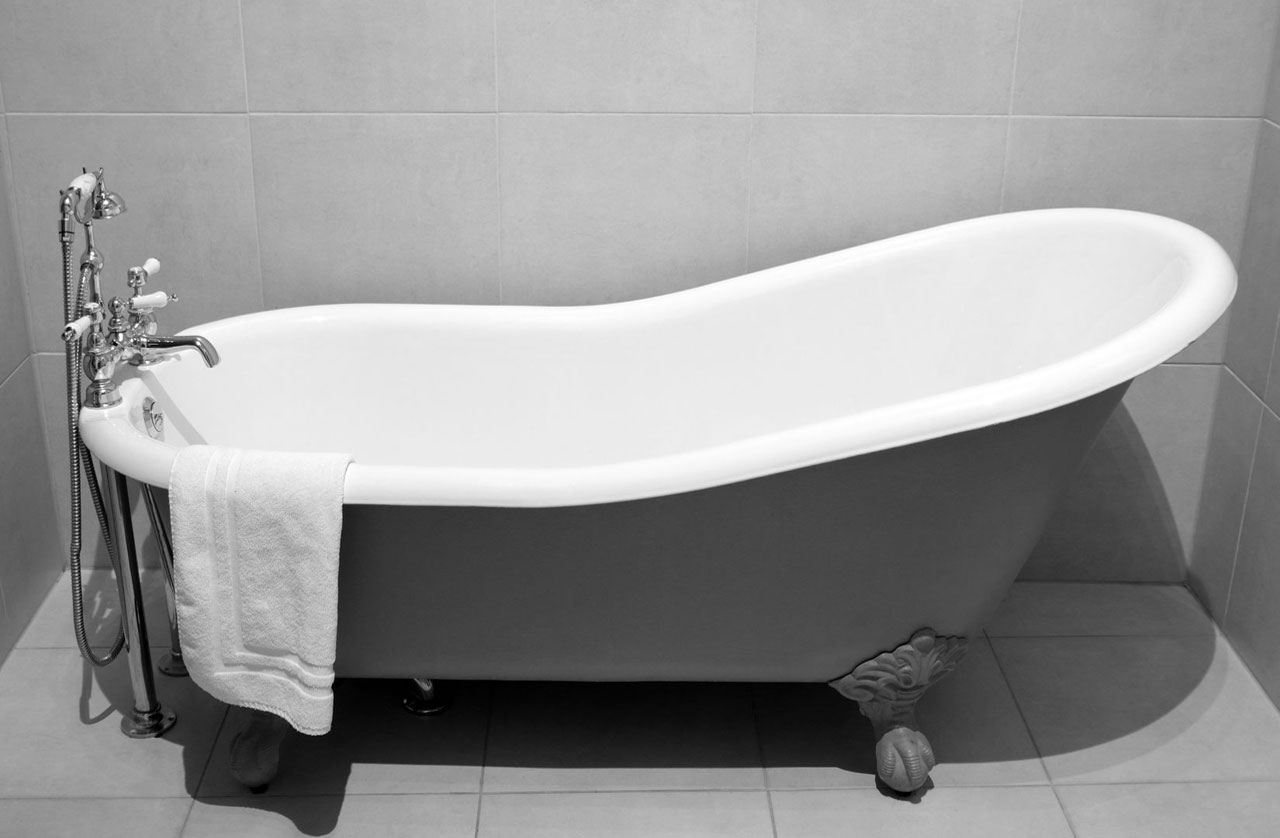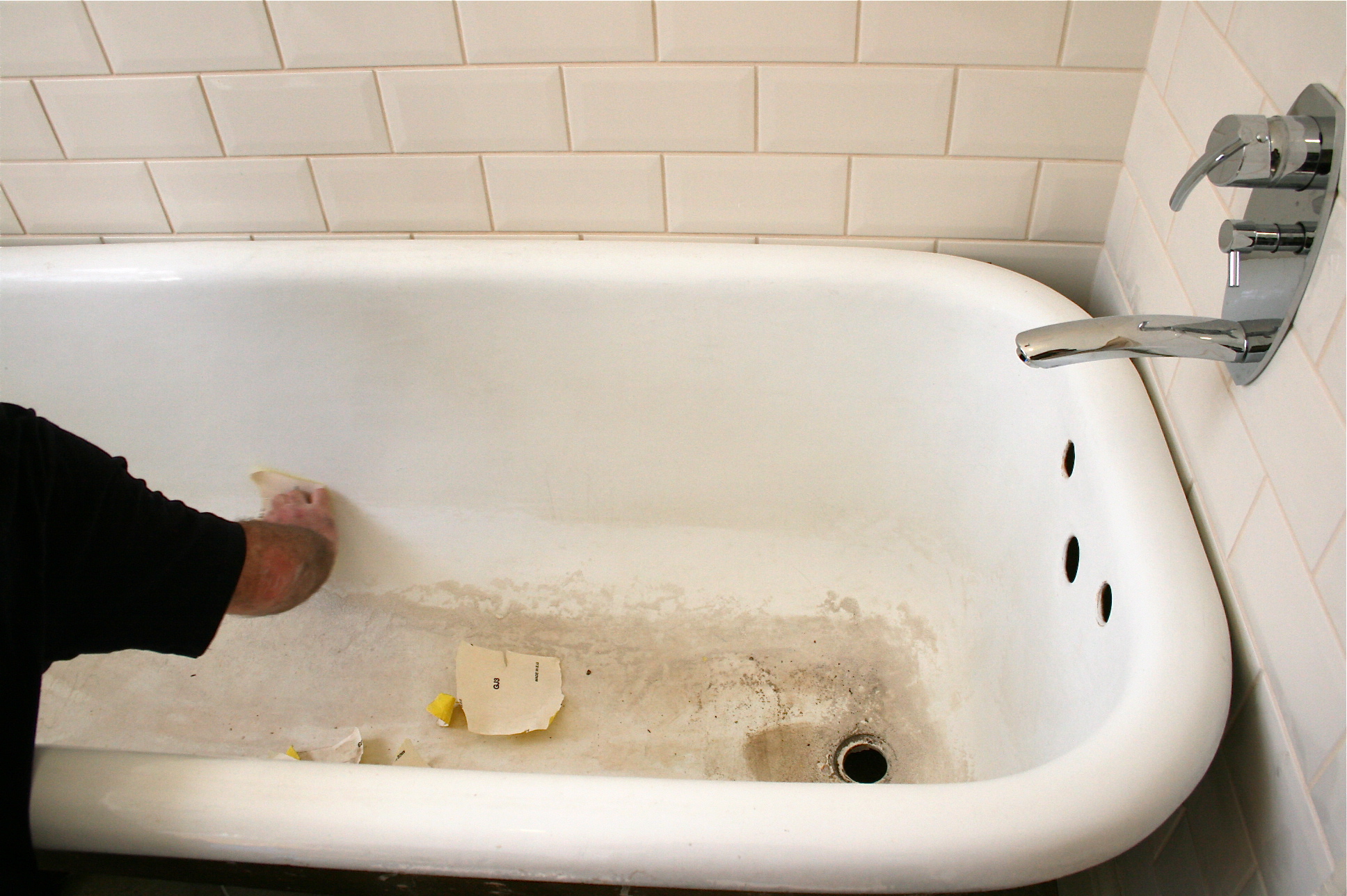Bath restoration: proven methods and new technologies
Content
A bath is not just a durable item, it is also a key element in the interior of a bathroom. Sometimes, changing the font, you can completely transform the appearance of the room. However, such dramatic changes are not affordable for everyone, because a full repair costs a lot of money. For such cases, the restoration of bathtubs was invented, which allows you to refresh the capacity and transform the look of the room as a whole.
Types of bathtubs: description, characteristics of the protective layer
During the operation of the baths, the advantages and disadvantages of decorative protective layers are manifested. Familiarity with the general characteristics will help determine the methods of bath restoration.
Different manufacturers produce steel products with a metal thickness of 1.6 mm to 3.5 mm. The protective layer of enamel does not exceed 0.6 mm. The enameling process takes place in special kilns for firing at a temperature of 850 ° C. Thanks to a special technology (enamel is almost baked into steel), the decorative layer retains its luster over the entire life cycle. Enamel recovery of bathtubs can be carried out using methods of bulk acrylic or applying enamel with a brush / roller.
Cast-iron models are coated with a matte / glossy enamel layer, strong and uniform throughout the thickness of the decor. White enamel is applied with a thickness of 0.8 mm, and color - 1.2 mm. Some manufacturers use a manual method for enameling bathtubs. The decoration process is carried out in stages: several layers are covered with liquid material, and then the powder composition fixes all the layers of the decor. The restoration of enamel on a cast-iron bath will extend the period of use of plumbing by 7-15 years (depending on the choice of technology).
For acrylic bathtubs, molded acrylate / plastic is used. A feature of casting is the thickness of the corner sections is less than the sides (ratio of 1.5 mm to 5 mm). These places are further strengthened by a mixture of cut fiberglass with epoxy resin. Do-it-yourself acrylic bathtubs are restored using liquid acrylic.
Acrylic bathtub: repair rules
The restoration of acrylic bathtubs depends on the nature of the damage. Distinguish damage to the chemical and mechanical types:
- chemical is caused by the action of harmful detergents, unsuitable for the care of acrylic objects. Often, such phenomena occur when the laundry is soaked due to the interaction of the acrylic surface with the components of the powder. Defects look like a slight clouding and are simply removed;
- mechanical damage looks like deep scratches / cracks, and in exceptional cases through holes. In such situations, the ability to "patch" a hole on their own is a serious advantage of acrylic containers.
The nature of the damage leads to different ways to restore the bath.
Easy repair of minor flaws
Shallow scratches can be attributed to minor defects and can be eliminated easily by high-quality grinding with subsequent polishing of the surface:
- the damaged area is cleaned with emery coarse paper. Then the acrylic is processed with fine-grained sandpaper;
- final stage: an acrylic polish is applied to the layer being restored and gently rubbed over the treated area.
Removal of significant acrylic surface defects
Restoration of baths with liquid acrylic involves the use of the following materials: liquid acrylic, hardener, special solvent, polishing paper (finishing treatment of the restored surface area).
Serious damage to the acrylic coating (potholes, deep cracks) require special restoration work. Do-it-yourself bath restoration is carried out in several stages.
The damaged area is carefully cleaned with a drill with a grinding nozzle. The dirt and dust formed are washed off with water.
the treated area is degreased with a special solvent. Then it is dried with a hairdryer (it is possible ordinary, not building).
A two-component composition is prepared: the hardener is combined with liquid acrylic. Restoring the bath with liquid acrylic is important to carry out according to the instructions of the manufacturers, that is, it is necessary to strictly adhere to the proportions recommended for mixing the components.
The prepared mixture is rubbed into surface defects using a special spatula.
Hardening of the composition requires at least 12 hours. The finally dried-up restored surface is sanded with fine-grained sandpaper until an absolutely smooth surface is formed.
To prevent the occurrence of deep scratches, chips, it is necessary to carefully handle the acrylic bath: to exclude the fall of solid heavy objects, carefully transport the product when moving.
Cast-iron bathtub: restoration subtleties
Restoration of bathtubs at home is more than possible. Bath restoration methods are selected individually (determined by the duration of the repair work and the quality of the materials).
Normal enameling
Enamelled metal bathtubs are the most popular plumbing models. Factory warranty for products is 2 years. With careful handling, the bath for about 10 years delights residents with a radiant enamel coating. But, unfortunately, nothing lasts forever and enamel too. Restoring an old bath is a great opportunity to save money and update the appearance of plumbing.
Necessary materials and tools for enameling: an electric drill with a special nozzle (like a grinding wheel), sandpaper, degreaser, brushes, two-component enamel. Do-it-yourself bath restoration is carried out in stages.
The old coating is thoroughly cleaned with a drill and sandpaper.
The enamel powder is washed off with water and the entire surface is treated with a degreaser.
To warm the bath, it is filled with hot water and left to warm for 10-15 minutes.
The water is lowered and the bath is wiped dry. To prevent villi from remaining on the surface, it is advisable to use a special napkin.
A mixture is prepared: a hardener is added to the enamel. The proportions recommended by the manufacturer are observed.
The brush is applied to the surface of the bath. Restoring the enamel coating of the bath involves applying two layers of the mixture.
To restore the old bathtubs well, it is advisable to withstand at least two weeks before using plumbing. This time is required for the final polymerization of enamel.
If you do not use abrasive and aggressive detergents, then the restored enamel will last 6-8 years.
Restoration of cast-iron baths in bulk
Thanks to the advent of new materials, the technology of bath restoration is being improved. To choose the best option, it is advisable to have an idea of the advantages and disadvantages of new products.
Stacril is a two-component epoxy-acrylic enamel.Advantages of glass-filled bulk baths: high quality decorative protective layer, formation of uniform gloss on the surface, layer thickness guarantees the period of use of the restored coating 15-20 years. Only white glass is produced. You can add shades to the composition with the help of special color pastes.
Restoration of bathtubs with bulk acrylic involves several stages.
Standard preparatory work is carried out: the surface of the container is cleaned with a drill with a nozzle and sandpaper.
The inside of the bath is treated with a solvent and dried with a hairdryer.
The upper and lower plums for water are dismantled.
A mixture is prepared - liquid acrylic: the hardener is added to the enamel and gently mixed for at least 10-15 minutes to obtain a working composition. It is undesirable to use a construction mixer to mix the components, as many bubbles appear in the mixture. Do not try to make the solution thinner. Otherwise, the mixture drains quickly on vertical surfaces and you get a thin restored layer of enamel.
To obtain a brilliant result, the proportions recommended by the manufacturer should be observed. To restore the old bath, the composition must be used within 60-70 minutes.
Acrylic bath is poured along the contour of the bath, starting from the sides. The technology for restoring bathtubs consists in slowly spreading the liquid over the surface of the tank. Thanks to this, all bumps, scratches, cracks will be filled. The coating thickness is on average 5-6 mm.
With this method of restoration, it is important to monitor the presence of bubbles in the coating. You can remove them with a hairdryer until the layer is dry.
Excess mixture drains into the lower drain. A container must be placed under the hole in advance.
The drying time of the coating for different manufacturers of glass is different and ranges from 2 to 4 days. In order to preserve and consolidate the restored glossy layer, it is necessary to exclude the ingress of water and dust to the surface during this period.
This technology of restoration of bathtubs gives surfaces resistance to scratches, minor damage. The warranty period is 10-15 years. Stakril is also used for the restoration of steel baths.

